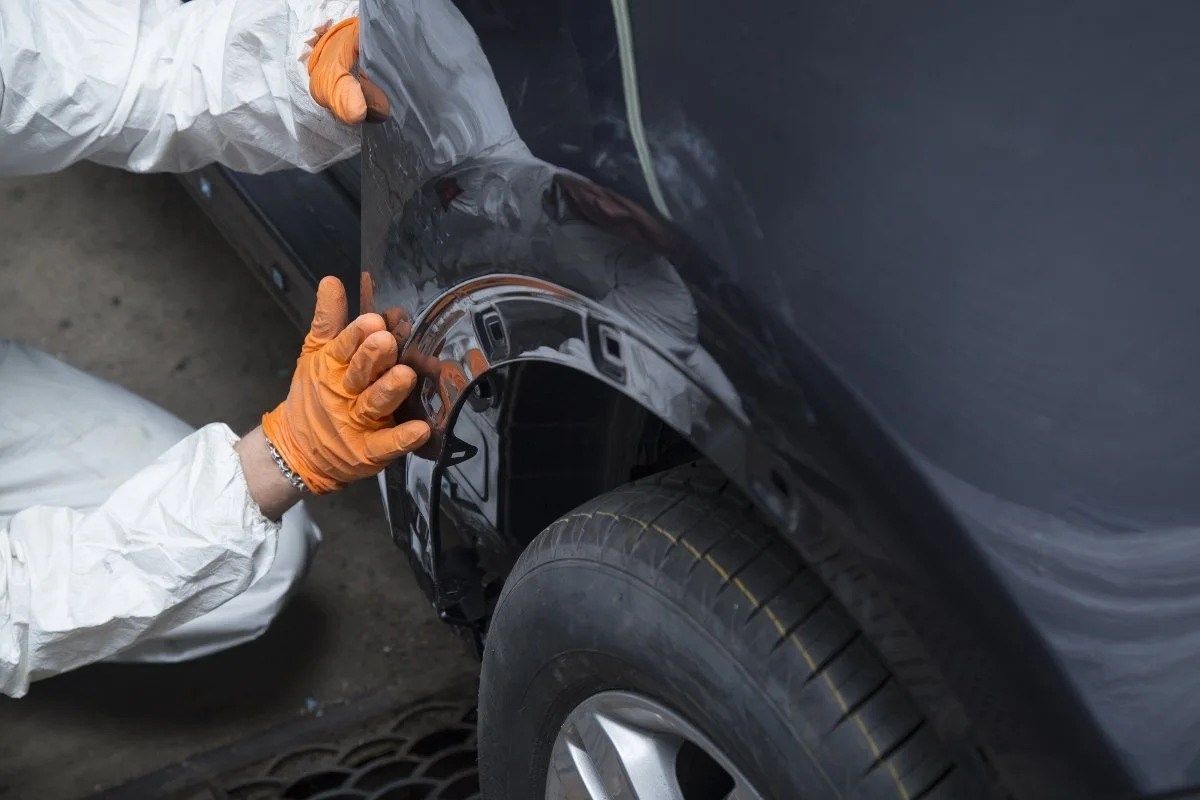Are Your Work Vehicles Really Safe?
When the UK’s Driving for Better Business (DfBB) programme recently highlighted that too many vans and company vehicles are being driven with known defects, it struck a chord with fleet safety professionals across Ireland.
DfBB’s October 2025 Vehicle Roadworthiness update reminded employers that legal responsibility doesn’t end when a vehicle leaves the yard - it starts there. Unroadworthy work vehicles are not just a compliance issue; they are a daily risk to people, budgets and brand reputation.
And the same pattern is visible here at home.
What the Irish data shows
According to official CVRT statistics and NCT annual reviews, Ireland’s vehicle test failure rates remain stubbornly high. The 2024 data show:
Vans: Only around 61% passed the Commercial Vehicle Roadworthiness Test (CVRT) on first inspection - meaning nearly four out of 10 had one or more safety-critical faults detected before they could be legally driven for work.
Cars: The National Car Test (NCT) pass rate was about 51%, again signalling widespread issues with brakes, lights, tyres and emissions - all core safety items.
These tests occur only once a year (or every second year for some vehicles). The real risk lies in the many months between tests - when a van may still be driven with known defects or a grey-fleet driver’s personal car may have worn tyres or an expired NCT certificate.
What the law and guidance require
The RSA/HSA Driving for Work Risk Management Guidance for Employers (July 2025) makes it clear:
Employers have a duty under the Safety, Health and Welfare at Work Act 2005 to ensure that all vehicles used for work purposes - whether owned, leased, or privately owned by employees - are roadworthy and properly maintained.
This means a business cannot simply rely on an annual test. They must be able to demonstrate that vehicles are inspected, defects are repaired, and grey-fleet drivers have declared their compliance with minimum standards.
The guidance also notes that HSA inspections will continue to focus on how employers assess and control driving-for-work risks - especially for vans and private vehicles used on company business.
Two overlooked risks
1. Vans:
Many businesses are aware of minor defects - a warning light, worn tyres, cracked mirror - yet still send vehicles for CVRT without addressing them. This “we’ll see what it fails on” approach creates unnecessary downtime, costs and potential enforcement action if the vehicle is stopped en route.
2. Grey fleet:
When staff drive their own cars for work, the organisation still bears responsibility for safety. Without clear minimum standards (valid NCT, tax, insurance, service history) and a periodic self-declaration process, employers risk being unable to show due diligence after a collision.
Driving better outcomes
To protect staff, stay compliant, and strengthen culture, employers - public and private alike - can take five practical steps:
Schedule regular vehicle checks and record all defects found and fixed.
Set minimum standards for privately owned (grey-fleet) vehicles.
Require quarterly driver declarations confirming roadworthiness, insurance and NCT validity.
Keep evidence for HSA or insurer review.
Communicate expectations clearly through policies, briefings and digital tools such as DriverFocus.
The bottom line
Unsafe or poorly maintained vehicles remain one of the most preventable causes of workplace collisions. By acting before the next test - not after - businesses can demonstrate leadership, compliance and care.
To learn more about practical steps to manage these risks, visit driverfocus.ie or explore our latest blogs on fleet safety and compliance.
Services:
PERMIT - online driving licence verification
SURVEY - online driver risk assessment
DRIVEALERT - online defensive driver training
DRIVESAFE - ADI-led interactive webinar courses
ALLY - mobile telematics for speed awareness
SAMSARA - AI video telematics to target training
Contact us today and see how our services can help you stay compliant and go beyond it to build a better culture of care.

